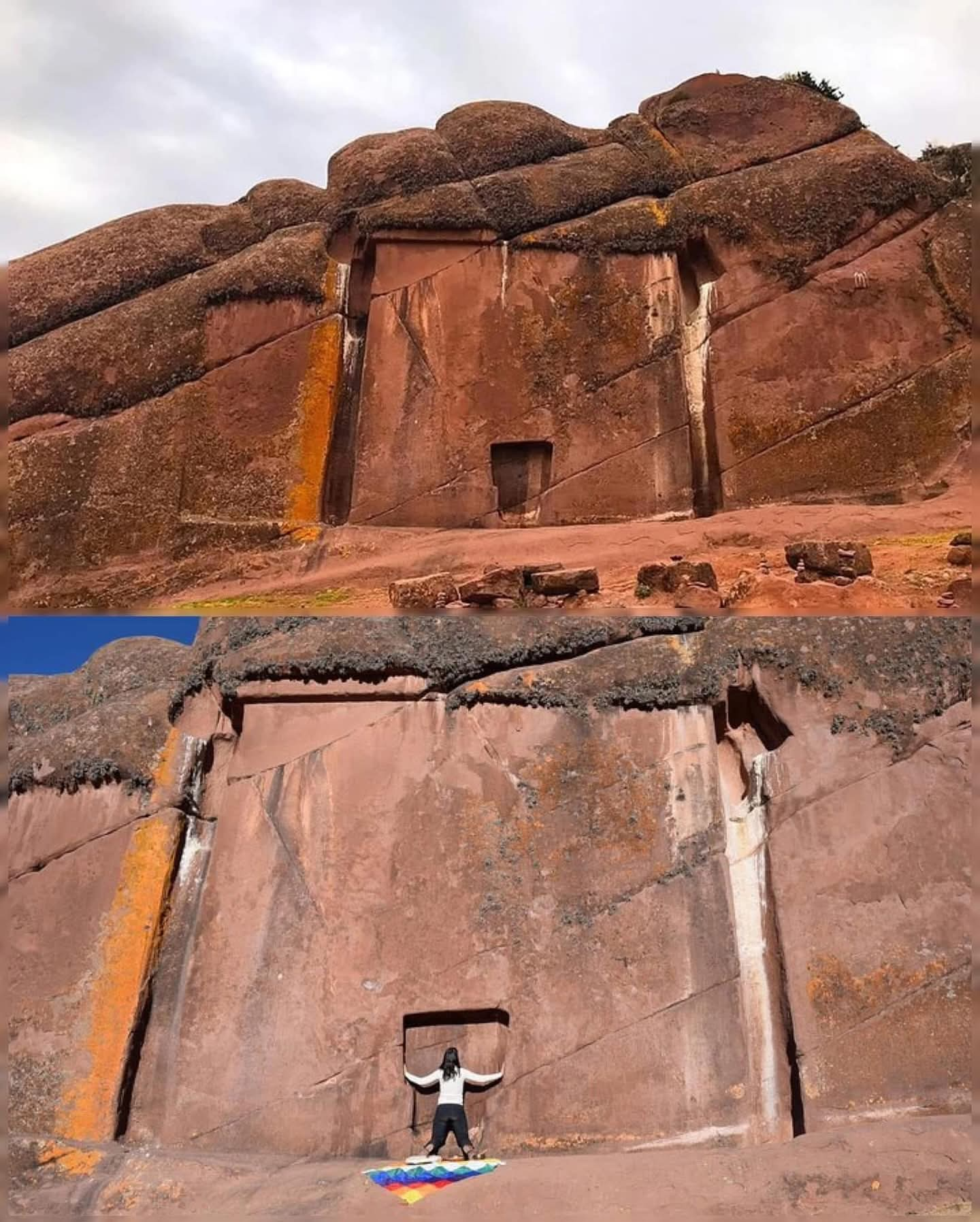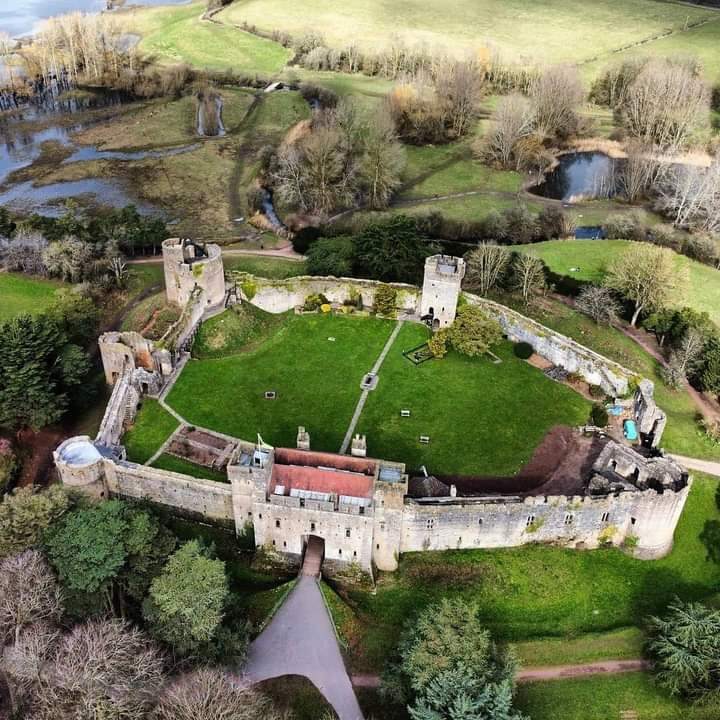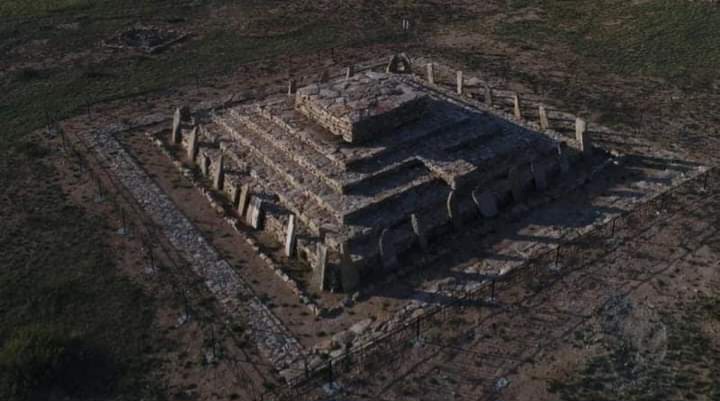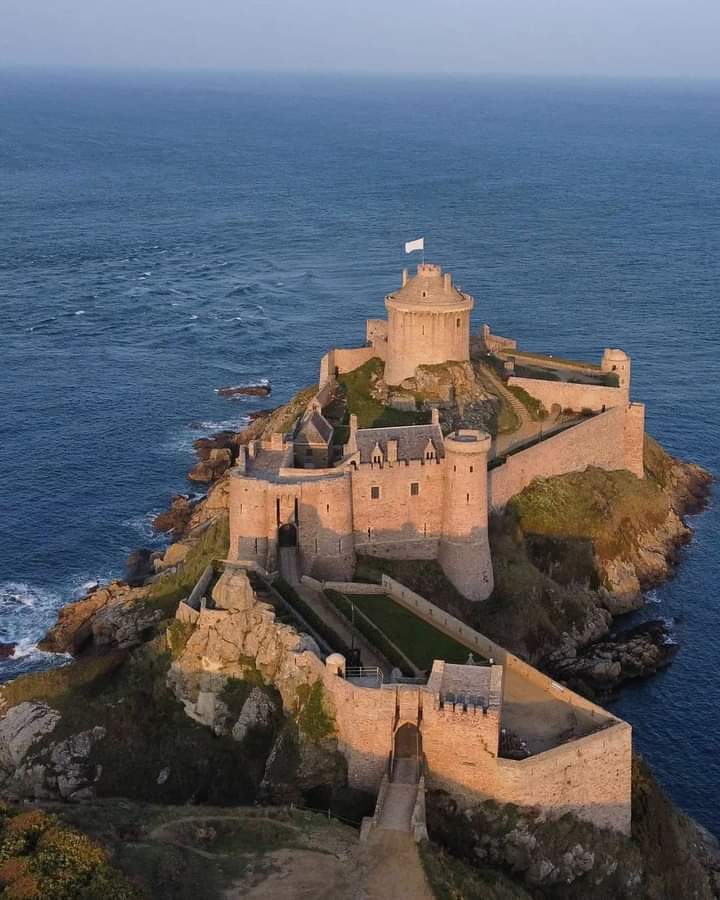
Since the Merovingian period, but no later than around the year 800, there was a castle that served as road safety at a Lahn crossing. In the 9th century, the counts resided there on behalf of the Frankish kings and in the 10th century the complex was owned by the Konradiner, who founded the monastery of St. George, today's cathedral, within the fortress Limburc in 910. Up until the 13th century, the castle complex also served as the residence of the canons of the monastery. From the 13th century, the eastern part of the castle complex took on castle-like features as the residence of the Lords of Limburg. The rest of the complex served as a residence for the Burgmannen and was built on with various courtyards and towers. After the Konradiner died out, the castle fell to the House of Isenburg, which formed the Limburg line, and in the 14th century to Electoral Trier, which passed it to the Counts of Leiningen, to the Lords of Ysenburg and in the 16th century to the Landschad von Steinach lent. The castle served as the administrative center for Limburg and the surrounding Trier electoral possessions. In 1802 the castle fell to Nassau-Weilburg, in 1806 to the Duchy of Nassau and in 1866 to Prussia. From that point on, parts of it were empty. From 1883, a trade school was established in the hall building, which expanded to other parts of the castle in the years that followed. In 1929 the late Gothic hall burned down and was reconstructed in 1934 and 1935. In 1945, the state of Greater Hesse took over the building. Today it belongs to the city of Limburg.

In 1996, local tour guide Jose Luis Delgado Mamani uncovered Aramu Muru, or the Puerta de Hayu Marca, an ancient site carved into Hayu Marca Mountain near Lake Titicaca in Peru. This enigmatic structu...Read more
View (8,820) | Like (0) | Comments (0)
A view of Switzerland. The mountains are the best. The climate is mild and the temperature is pleasant, rarely too hot. The days are generally dry and sunny, with clear views of the mountains and r...Read more
View (34,553) | Like (1) | Comments (0)
Caldicot Castle (Welsh: Castell Cil-y-coed) is an extensive stone medieval castle in the town of Caldicot, Monmouthshire, in southeast Wales, built near the site of Harold Godwinson's former Saxon cas...Read more
View (104,971) | Like (0) | Comments (0)
Tianzi Mountain in China. Tianzi Mountain is a mountain in Zhangjiajie in the Hunan Province of China, close to the Suoxi Valley in South Central China. Before the Ming Dynasty, Tianzi Mountain ...Read more
View (9,073) | Like (3) | Comments (0)
The Yangshan Megalithic Quarry, located near Nanjing, China, is home to some of the largest carved stones in the world. During the Ming Dynasty, workers began crafting three enormous stone blocks, wit...Read more
View (36,706) | Like (0) | Comments (0)
Santo AntÃŖo is one of the ten islands that make up Cape Verde, an island country located off the west coast of Africa in the Atlantic Ocean. It is known for its stunning landscapes, lush valleys, rug...Read more
View (47,092) | Like (0) | Comments (0)
Vaxholm Fortress (Swedish: Vaxholms fästning), also known as Vaxholm Castle, is a historic fortification on the island of Vaxholmen in the Stockholm archipelago just east of the Swedish town of Vaxho...Read more
View (105,470) | Like (0) | Comments (0)
Archaeologists unearth a 3,400-year-old pyramid from the Scythian-Saka period in Kazakhstan During four excavation seasons at the Karajartas Mausoleum in the Shet district of Karaganda Region, arch...Read more
View (91,134) | Like (1) | Comments (0)
Montsoriu Castle, Spain. 600 metres away on a hill of Montseny, the Montsoriu Castle is a fusion between the Romanesque fortification of the exterior and the Gothic palace interior. A medieval fortres...Read more
View (106,594) | Like (0) | Comments (0)
Fort la Latte, or the Castle of the Rock Goyon (French: La Roche-Goyon, Breton: Roc'h-Goueon), is a castle in the northeast of Brittany in the commune of PlÊvenon, Côtes-d'Armor. It is a famous t...Read more
View (106,025) | Like (0) | Comments (0)
āĻā§āĻŦāĻ¨ā§ āĻ¸âā§āĻ¯āĻžāĻā§āĻ˛ āĻšāĻā§āĻž āĻŦāĻ˛āĻ¤ā§ āĻāĻŋāĻā§ āĻ¨ā§āĻāĨ¤ āĻ¸âā§āĻ¯āĻžāĻā§āĻ˛ āĻā§āĻŦāĻ¨ āĻāĻāĻāĻž āĻŽāĻžāĻ¨āĻ¸āĻŋāĻ āĻāĻ¤ā§āĻŽāĻ¤ā§āĻĒā§āĻ¤āĻŋāĻ° āĻ§...Read more
View (15,089) | Like (0) | Comments (0)
āĻ¸āĻ¤ā§āĻ¯āĻŋāĻāĻžāĻ°ā§āĻ° āĻĒā§āĻ°ā§āĻˇ āĻšāĻ¤ā§ āĻĄāĻžāĻ°ā§āĻ āĻ¸āĻžāĻāĻā§āĻ˛āĻāĻŋ āĻŦā§āĻ¯āĻŦāĻšāĻžāĻ° āĻāĻ°ā§āĻ¨! āĻ¤ā§āĻŽāĻŋ āĻāĻŋ āĻāĻžāĻ¨ā§, āĻĒā§āĻ°āĻā§āĻ¤ āĻĒā§āĻ°ā§ā...Read more
View (16,953) | Like (0) | Comments (0)
āĻ¨āĻŋāĻā§āĻ° āĻ āĻāĻžāĻ¨ā§āĻ¤ā§āĻ āĻāĻŽāĻ°āĻž āĻ āĻ¨ā§āĻ āĻ¸āĻŽā§ āĻ¨āĻŋāĻā§āĻĻā§āĻ° āĻŦā§āĻ¯āĻā§āĻ¤āĻŋāĻ¤ā§āĻŦ āĻŦāĻŋāĻ¸āĻ°ā§āĻāĻ¨ āĻĻāĻŋā§ā§ āĻ¯āĻžāĻā§āĻāĻŋ āĻā§āĻ°āĻ āĻĒ...Read more
View (10,730) | Like (0) | Comments (0)
āĻā§āĻŦāĻ¨ā§ āĻā§āĻŦ āĻŦā§āĻļāĻŋ āĻāĻŋāĻā§ āĻāĻžāĻ āĻ¨āĻž, āĻļā§āĻ§ā§ āĻāĻžāĻ āĻāĻāĻāĻž āĻāĻžāĻāĻ§, āĻāĻ°āĻ¸āĻž āĻāĻ°āĻžāĻ° āĻŽāĻ¤ā§, āĻļāĻžāĻ¨ā§āĻ¤āĻŋ āĻĒāĻžāĻā§āĻžāĻ° āĻŽāĻ...Read more
View (1,121) | Like (0) | Comments (0)
āĻŽāĻžāĻ¨ā§āĻˇā§āĻ° āĻā§āĻŦāĻ¨ā§āĻ° āĻŦā§ āĻāĻ āĻĻā§āĻŦāĻ¨ā§āĻĻā§āĻŦ āĻšāĻ˛ā§, āĻ¸āĻā§āĻā§ āĻāĻ°āĻŦā§āĻ¨, āĻ¨āĻžāĻāĻŋ āĻā§āĻŦāĻ¨ āĻāĻĒāĻā§āĻ āĻāĻ°āĻŦā§āĻ¨ āĻ¤āĻžāĻ āĻ¨āĻŋāĻ...Read more
View (10,558) | Like (0) | Comments (0)
āĻāĻāĻāĻ¨ āĻ¨āĻžāĻ°ā§ āĻ¯āĻĻāĻŋ āĻ¤āĻžāĻ° āĻŽā§āĻ āĻŦāĻž āĻāĻĨāĻž āĻ¨āĻŋāĻ¯āĻŧāĻ¨ā§āĻ¤ā§āĻ°āĻŖ āĻāĻ°āĻ¤ā§ āĻ¨āĻž āĻĒāĻžāĻ°ā§, āĻ¤āĻŦā§ āĻ¸ā§ āĻ§ā§āĻ°ā§ āĻ§ā§āĻ°ā§ āĻāĻāĻāĻ¨ āĻĒā§...Read more
View (14,700) | Like (0) | Comments (0)
āĻāĻāĻ¨ā§ āĻāĻžāĻ°ā§ āĻ¸ā§āĻŦāĻĒā§āĻ¨ āĻ¨āĻŋā§ā§ āĻā§āĻ˛āĻž āĻāĻ°ā§, āĻāĻžāĻ°ā§ āĻā§āĻāĻžāĻ¨ā§ āĻā§āĻŦāĻ¨āĻāĻžāĻā§ āĻ āĻā§āĻāĻžāĻ˛ā§ āĻāĻ°ā§ āĻĻāĻŋāĻ¤ā§ āĻ¯āĻžāĻŦā§āĻ¨ ...Read more
View (9,817) | Like (0) | Comments (0)
āĻā§āĻ˛ā§āĻ° āĻāĻ°āĻ˛ā§ āĻā§āĻ˛ā§āĻ° āĻā§āĻˇāĻŽāĻž āĻāĻā§, āĻāĻŋāĻ¨ā§āĻ¤ā§ āĻāĻžāĻ˛āĻžāĻāĻŋāĻ° āĻ¨āĻ¯āĻŧāĨ¤ āĻā§āĻ˛ āĻŽāĻžāĻ¨ā§āĻˇ āĻāĻ°ā§, āĻāĻžāĻ°āĻŖ āĻŽāĻžāĻ¨ā§āĻˇ āĻāĻāĻ...Read more
View (795) | Like (0) | Comments (0)āĻŽāĻžāĻ¨ā§āĻˇ āĻ¯āĻĻāĻŋ āĻ¤āĻžāĻĻā§āĻ° āĻ¨āĻŋāĻā§āĻ° āĻāĻĨāĻžāĻā§āĻ˛ā§ āĻšāĻāĻŽ āĻāĻ°āĻ¤ā§ āĻĒāĻžāĻ°āĻ¤ā§! āĻ¤āĻžāĻšāĻ˛ā§ āĻ¤āĻžāĻ°āĻž āĻŦā§āĻāĻ¤ā§ āĻāĻā§āĻ˛ā§ āĻāĻ¤āĻāĻžāĻ¨āĻŋ ...Read more
View (23,787) | Like (0) | Comments (0)
āĻĸāĻžāĻāĻžā§ āĻ¸ā§āĻŽāĻŋ āĻĒā§āĻ°āĻŦāĻžāĻ¸ā§ āĻāĻŋāĻā§ āĻāĻžāĻā§āĻ°ā§āĻāĻŋāĻŦā§ āĻĨāĻžāĻā§āĨ¤ āĻŦāĻŋā§ā§ āĻāĻ°ā§ āĻŦāĻ āĻ°āĻžāĻā§ āĻā§āĻ°āĻžāĻŽā§āĨ¤ āĻĒā§āĻ°āĻ¤āĻŋ āĻ¸āĻĒā§...Read more
View (26,358) | Like (0) | Comments (0)Fewlook is a world wide social media platform